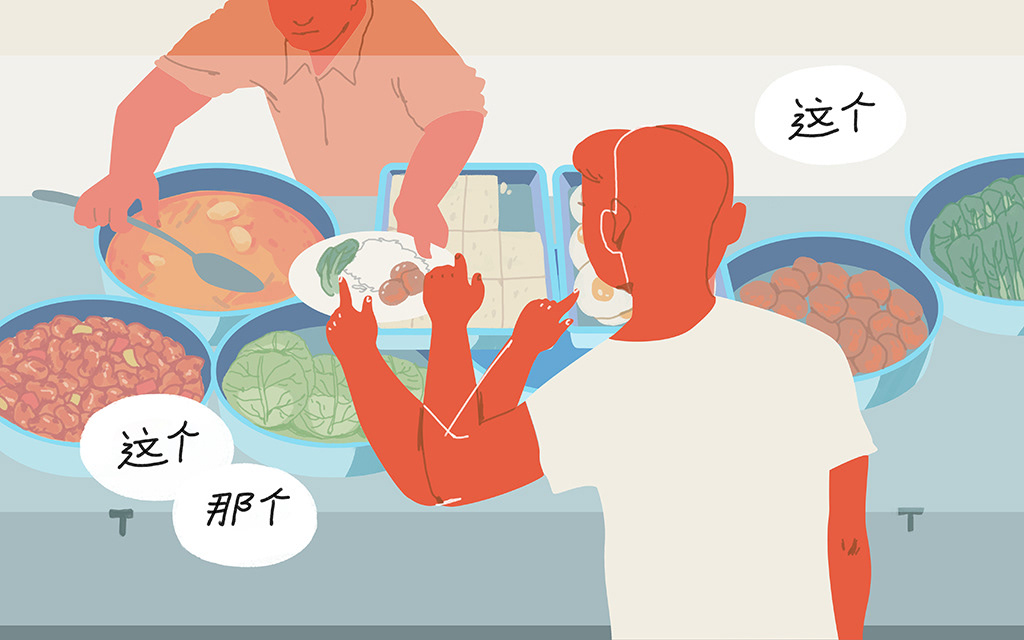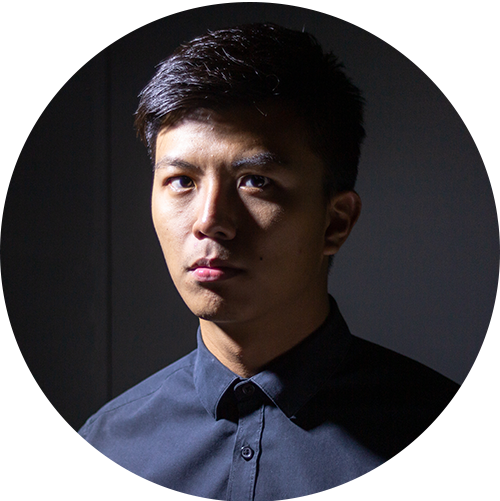
This commentary was published in the Nanyang Chronicle, Volume 25, Issue 3. The Nanyang Chronicle is a students' newspaper published by the Wee Kim Wee School of Communication and Information, Nanyang Technological University, Singapore. View the original link here.
Graphics by Kelley Lim
Video by Charlene Chua and Danelia Chim
Mandarin is playing an increasingly important role in the world, especially with China’s rising global power, said Financial Times columnist Gideon Rachman in his book Easternisation. It is therefore worrying that Chinese Singaporean youth often do not see the value of being able to communicate well in Mandarin.
This is despite the Singapore government’s extensive efforts to promote the use of Mandarin. A prime example is the 1978 Speak Mandarin Campaign that aimed to unite the local Chinese population despite their different Chinese dialects. This campaign lasted five decades and have taken on different taglines like “Speak Mandarin? No Problem!” and “Chinese Language? Who's Afraid Of Who?”
Over time, the campaign has evolved into encouraging the English-educated Chinese populace to speak more Mandarin in their everyday lives. However, despite government efforts to promote bilingualism, English continues to be the dominant language spoken by Chinese Singaporean youths today, according to the 2015 General Household Survey.
Lack of usage
This trend can be attributed to the lack of opportunities to use and practice Mandarin in everyday life within one’s social circles, since English is the lingua franca here.
In 2015, 37 per cent of Singapore’s Chinese households used English as their main language of communication at home – an increase of 12 per cent from 15 years ago – the same survey found.
Besides using limited Mandarin words such as zhe ge (this) or na ge (that) while pointing fingers to order a plate of cai fan, or mixed vegetable rice, students usually speak little Mandarin in everyday conversations.
For most students, mandatory Mandarin classes end at the secondary school level, and it is up to the individual to hone their language skills beyond that. In schools, many students find it a chore to attend Mandarin classes as they find the language difficult to learn.
My classmates would describe their Chinese homework as dry and repetitive, for example, xi zi (writing practice) and mo xie (writing from memory).
It doesn’t help that students have few opportunities to practice speaking Mandarin at home, which makes the language unfamiliar to them. A 2009 Ministry of Education report showed that 60 per cent of Chinese Singaporean children who entered primary school were from an English-speaking background.
These challenges are prevalent among Chinese Singaporean youth, but they can, and need to be, overcome. Language is inextricably linked to personal identity, and with a poor knowledge of Mandarin, youth will also have a weak cultural identity. They will be “bananas” — yellow on the outside, white on the inside — a derogatory term used most recently in the blockbuster film Crazy Rich Asians to describe Asian-Americans who have lost touch with their roots.
Singaporean youth look to the West for media and entertainment, and are often influenced by Western thoughts and ideals. Our reliance on Western media has become second nature to us, especially since we are well-versed in the English language.
In order to avoid becoming a society filled with “bananas”, we need to encourage the dual mastery of English and Mandarin among Chinese Singaporeans by making Mandarin more relevant to them.
Contextualising the language
Mandarin lessons can be tailored to the context of the local Chinese community. This would not only help to make Mandarin more relevant to Chinese Singaporean youths, but preserve Singapore’s rich cultural heritage.
For instance, words like shi chang, the mainland Mandarin word for market, can be replaced in the school curriculum with words of local origin like ba sha — derived from the Malay word for market, pasar. The local word is filled with more meaning and reminds us of the multiracial nature of our nation.
In addition, students need to have more opportunities to practice speaking Mandarin in their daily conversations.
Parents can encourage their children to be confident and adopt a positive attitude towards learning Mandarin. Only then can we make huayu (Mandarin) cool and allow our Chinese students to be able to speak Mandarin confidently.
“Learning languages is equivalent to learning about cultures, values and the philosophy of life,” said Education Minister Ong Ye Kung at an opening ceremony hosted by the Singapore Centre for Chinese Language last month.
“These help to cultivate a sense of belonging and familiarity in Singaporeans, and give us confidence in facing what lies ahead. In a globalising world, this confidence is important,” he added.
For a start, we can hope that more Chinese Singaporeans will be able to perform everyday tasks more confidently in Mandarin. Like ordering cai fan, for instance.
